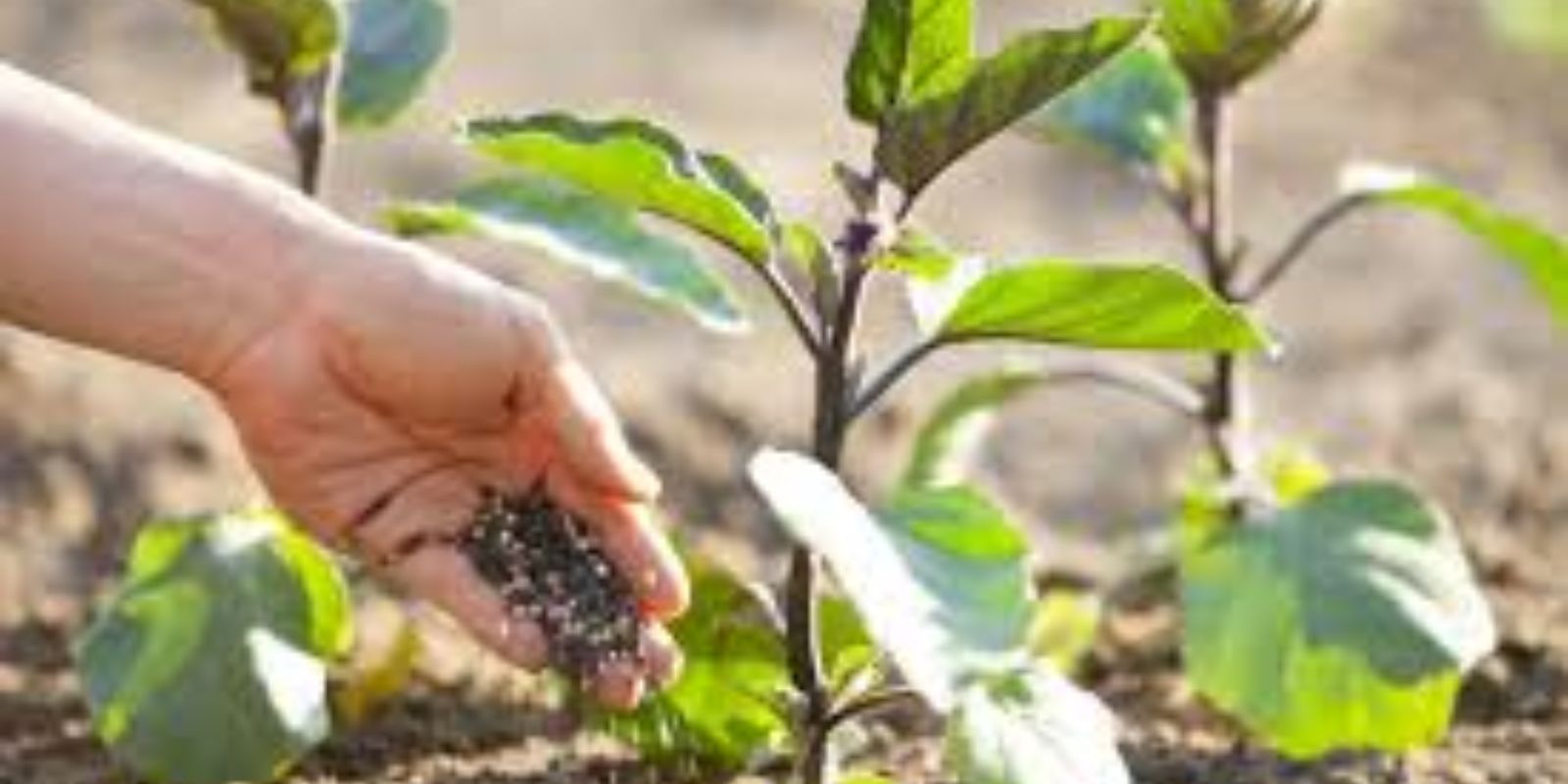Fertilizing your vegetable garden is more than just a routine task; it’s a vital process that can significantly impact your harvest. Proper fertilization ensures that your plants receive the nutrients they need to grow strong, produce abundant crops, and withstand pests and diseases. In this article, we’ll delve into the essential steps for fertilizing your vegetable garden to achieve maximum yield, helping you transform your garden into a lush, productive oasis.
Understanding Fertilization
Fertilization involves supplying plants with essential nutrients that may not be sufficiently available in the soil. Plants need a range of nutrients to thrive, including nitrogen (N), phosphorus (P), and potassium (K), often referred to as N-P-K. These macronutrients, along with secondary nutrients like calcium, magnesium, and sulfur, and trace elements such as iron and zinc, are crucial for healthy plant growth.
Step 1: Test Your Soil
Before you start fertilizing, it’s important to understand the current state of your soil. A soil test provides valuable information about the nutrient levels, pH, and overall health of your soil. You can purchase a soil testing kit from a garden center or send a sample to a local extension service or lab.
Why Test Your Soil? Testing helps identify nutrient deficiencies and imbalances, ensuring you apply the right type and amount of fertilizer. It also prevents over-fertilization, which can harm plants and the environment.
Step 2: Choose the Right Fertilizer
Once you have your soil test results, you can choose a fertilizer that meets your garden’s needs. Fertilizers come in various forms, including granular, liquid, and slow-release. Here’s a quick guide to selecting the right type:
- Balanced Fertilizers: These contain equal proportions of N, P, and K (e.g., 10-10-10) and are suitable for general use.
- Specialized Fertilizers: Formulated for specific plants or soil conditions (e.g., tomato fertilizer with higher phosphorus for fruiting plants).
- Organic Fertilizers: Derived from natural sources like compost, manure, or bone meal, they improve soil health and are environmentally friendly.
- Synthetic Fertilizers: Manufactured with precise nutrient ratios, they provide quick results but may require careful handling.
Selecting the Right Fertilizer: Match the fertilizer to your soil test results and the specific needs of your vegetable plants. Organic options are great for enriching soil over time, while synthetic fertilizers offer immediate nutrient availability.
Step 3: Apply Fertilizer Properly
Applying fertilizer correctly is key to maximizing its benefits. Here’s how to do it:
- Granular Fertilizers: Spread evenly over the soil surface or mix into the top few inches of soil. Be careful not to apply too much, as this can lead to nutrient runoff and damage to plants.
- Liquid Fertilizers: Dilute according to the manufacturer’s instructions and apply directly to the soil or foliage. Liquid fertilizers are quickly absorbed and ideal for fast results.
- Slow-Release Fertilizers: These release nutrients gradually over time, providing a steady supply of nutrients to your plants.
Application Tips: Always follow the manufacturer’s recommendations for dosage and frequency. Over-fertilizing can harm plants and contribute to environmental issues, such as nutrient runoff into waterways.
Step 4: Timing Matters
When and how often you fertilize can greatly affect your garden’s productivity. Here’s a basic timeline:
- Before Planting: Incorporate a balanced fertilizer into the soil to give your plants a strong start.
- During Growing Season: Apply additional fertilizer based on the needs of your plants. Fast-growing vegetables might require more frequent feeding.
- Pre-Bloom and Fruiting: Use fertilizers higher in phosphorus and potassium to support blooming and fruit production.
Seasonal Adjustments: Adjust your fertilization schedule based on plant growth stages and seasonal changes. For example, heavy feeders like tomatoes may need more frequent applications during peak growing periods.
Step 5: Monitor and Adjust
Regularly observe your plants to ensure they’re responding well to the fertilization. Healthy plants will show vigorous growth, vibrant leaves, and a good fruit or vegetable yield. If you notice signs of nutrient deficiency (e.g., yellowing leaves, stunted growth), reassess your fertilization routine and make necessary adjustments.
Adjustments Based on Plant Health: If plants are over-fertilized or under-fertilized, amend your approach. For example, excessive nitrogen can lead to lush foliage but poor fruit production, while too little phosphorus may result in weak growth and poor flowering.
Environmental Considerations
Proper fertilization practices not only benefit your plants but also protect the environment. Over-fertilization can lead to nutrient runoff, which may contaminate waterways and harm aquatic ecosystems. To mitigate this:
- Use Organic Fertilizers: They improve soil structure and reduce the risk of nutrient runoff.
- Incorporate Cover Crops: Planting cover crops like clover or rye can help absorb excess nutrients and prevent erosion.
- Practice Precision Fertilization: Apply fertilizers only where needed and avoid applying before heavy rains.
Conclusion
Effective fertilization is a cornerstone of successful vegetable gardening. By testing your soil, selecting the right fertilizer, applying it correctly, and monitoring your plants, you can ensure a thriving garden with a bountiful harvest. Remember, each garden is unique, so tailor your fertilization approach to meet your specific needs and conditions.
Motivational Note: Embrace the art of fertilization to transform your garden into a thriving, productive haven. With the right care and attention, your vegetable garden can yield a cornucopia of fresh, delicious produce that will delight you all season long. Happy gardening! 🌿🚀

